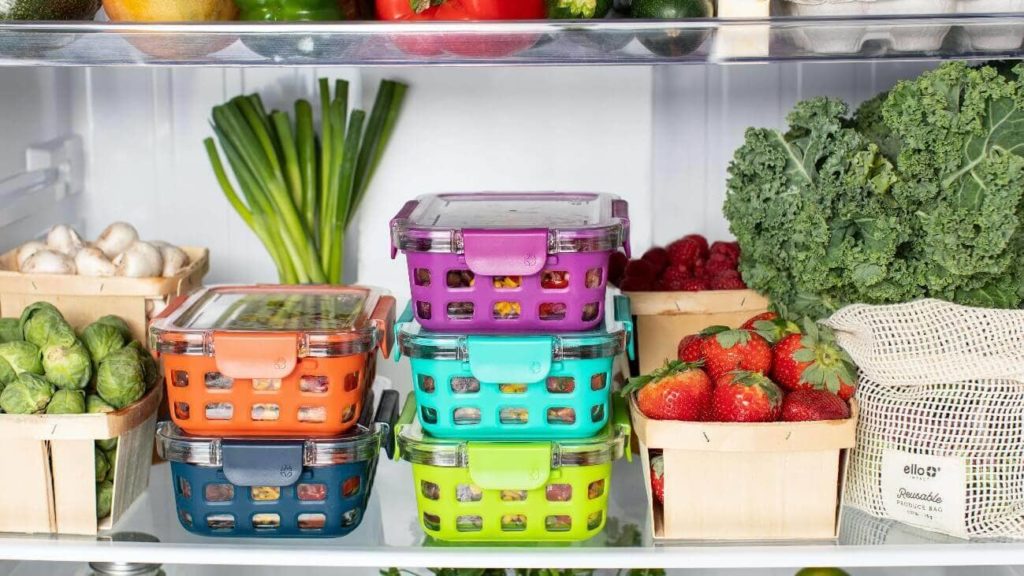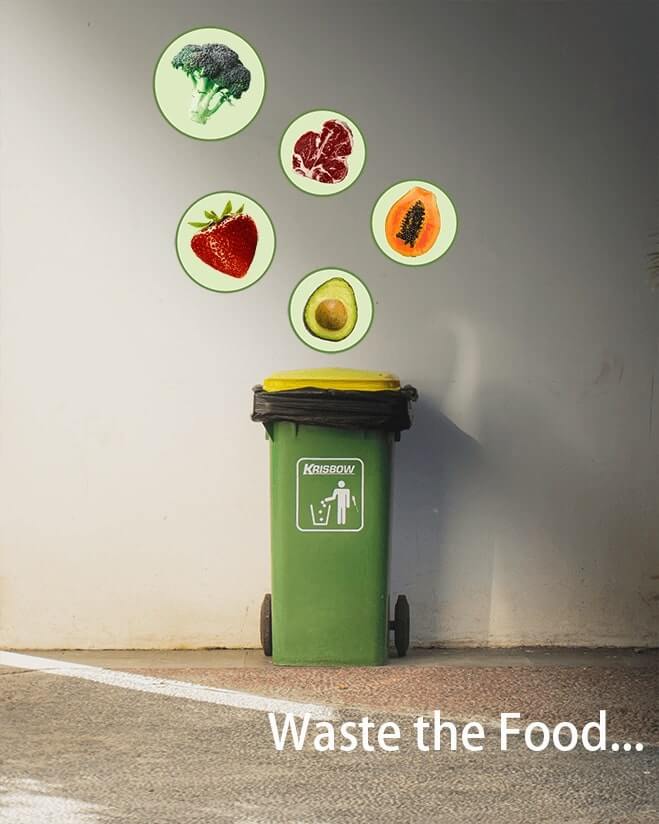
- Background -
Large amounts of food are wasted worldwide every year, which has been reported or researched by news or organizations.
“According to Iowa State University researchers, every power outage results in close to 8 million pounds (around 3.6 million kilograms) of food waste. When power is interrupted, it affects the normal operations of supermarkets, restaurants, and food processing plants, leading to the spoilage of perishable goods.”
“In Kenya, rising temperatures, poor temperature management, and inadequate storage space account for 30-50% of fruits and vegetables wasted on farms or during transportation, as reported by BBC.”
“Additionally, Harvard University’s research found that storing fruits and vegetables at high temperatures causes a decrease in quality and a shortening of their shelf life. The high temperature facilitates bacteria and microbe growth, leading to the spoilage of vegetables such as cucumbers, carrots, and tomatoes.”

- Challenges -
As you can see, food can spoil quickly if it’s kept at excessively high or low temperatures, rendering it inedible. Disposing of spoiled food is often the only option, resulting in significant food waste. The impact of food waste is overwhelming. Obviously, we generate large amounts of waste, but more terribly, those wastes end up in landfills and produces methane and other greenhouse gases that accelerate climate change. Hence, we couldn’t neglect the negative influence of food waste and should take action to protect the environment.
- Solution -
And now, with the development of technology, some technologies are being adopted to address the food waste problem, such as IoT technology. IoT, which stands for “Internet of Things,” refers to a system of physical devices or other items that are interconnected using sensors, software, and internet connectivity. The purpose of IoT is to enable smart devices to function independently, exchange data with one another, and collect and analyze information. This network of smart devices is intended to enhance efficiency and automation across various industries, such as food, healthcare, and agriculture.
This technology has been widely adopted to monitor the environmental conditions, like temperature or humidity. Deploying such environmental monitoring system is the beneficial investment, which not only prevents food waste resulting from poor storage but also plays a role in reducing greenhouse gas emissions and protecting the environment.
- Benefits -
How does such environmental monitoring system reduce the food waste?
Firstly, temperature sensor can monitor the temperature in real time to guarantee the right storage temperature range, extending the shelf life of perishable goods. Thus, when food is stored at optimal temperatures, it is less likely to spoil and go to waste.
Secondly, when the monitoring system detects an issue, it provides instant alerts, allowing for the quick identification and timely action before the problem becomes worse. This means that any potential waste can be identified, and the affected goods can be isolated and treated promptly, reducing overall waste.
MOCREO IoT-based Environmental Monitoring System peace of mind, which combines with the wireless sensor, hub and MOCREO monitoring platform. With our system, it can realize the 24/7 monitoring, remote alert and automated data storage, helping you and your team do well in the asset protection, equipment inspection and streamline the workflow.

- Future -
In a word, preventing temperature-related food waste is critical to our environment. Investing in a temperature and humidity monitoring system is not only the cost-effective business decision, but it also helps preserve our environment by reducing the emission of harmful gases such as methane.
Through investing in the right technologies to monitor and make sure the safety of your precious inventories, we can reduce food waste and positively impact our environment. Why not choose this win-win solution? Just come along with MOCREO team now!
